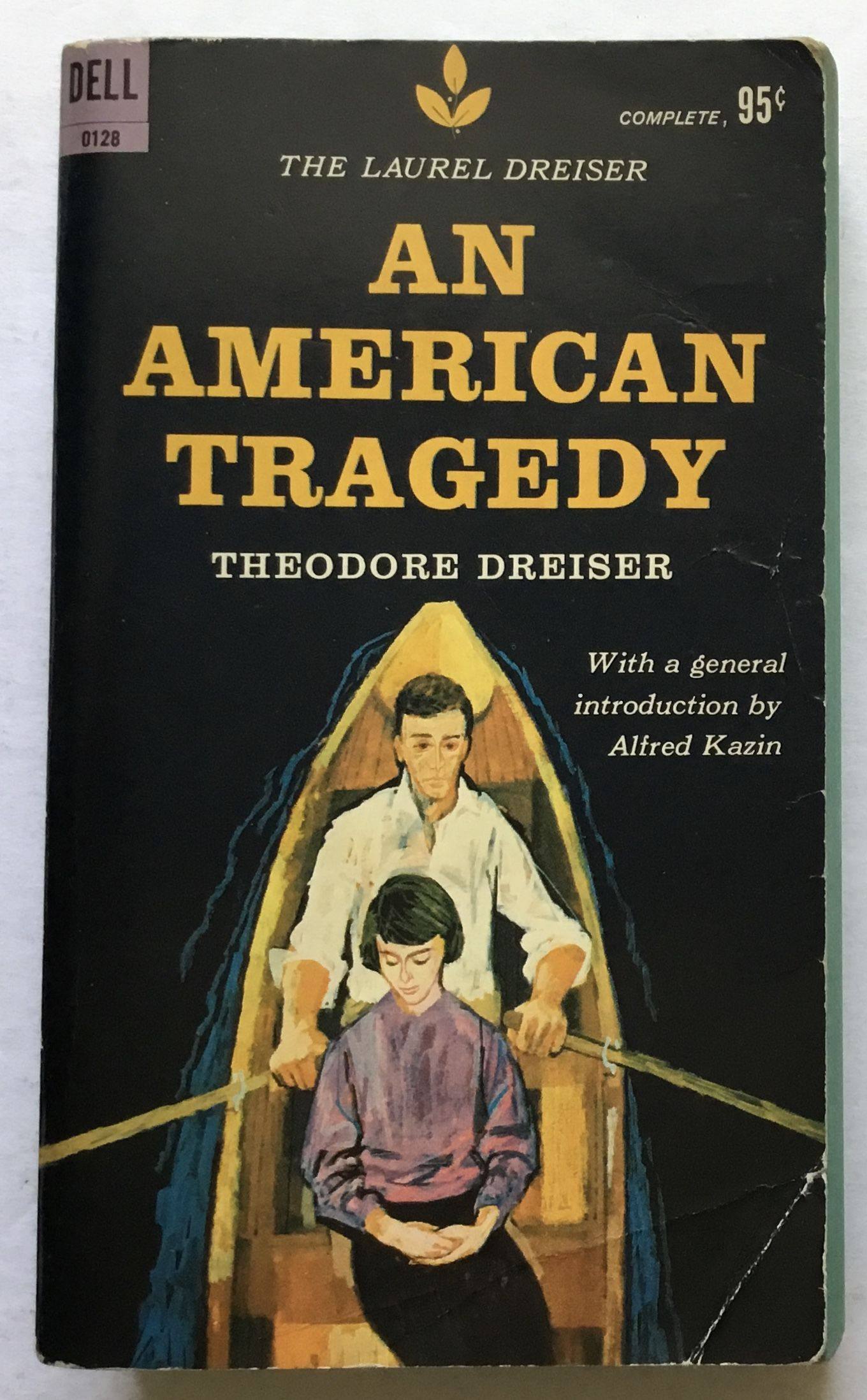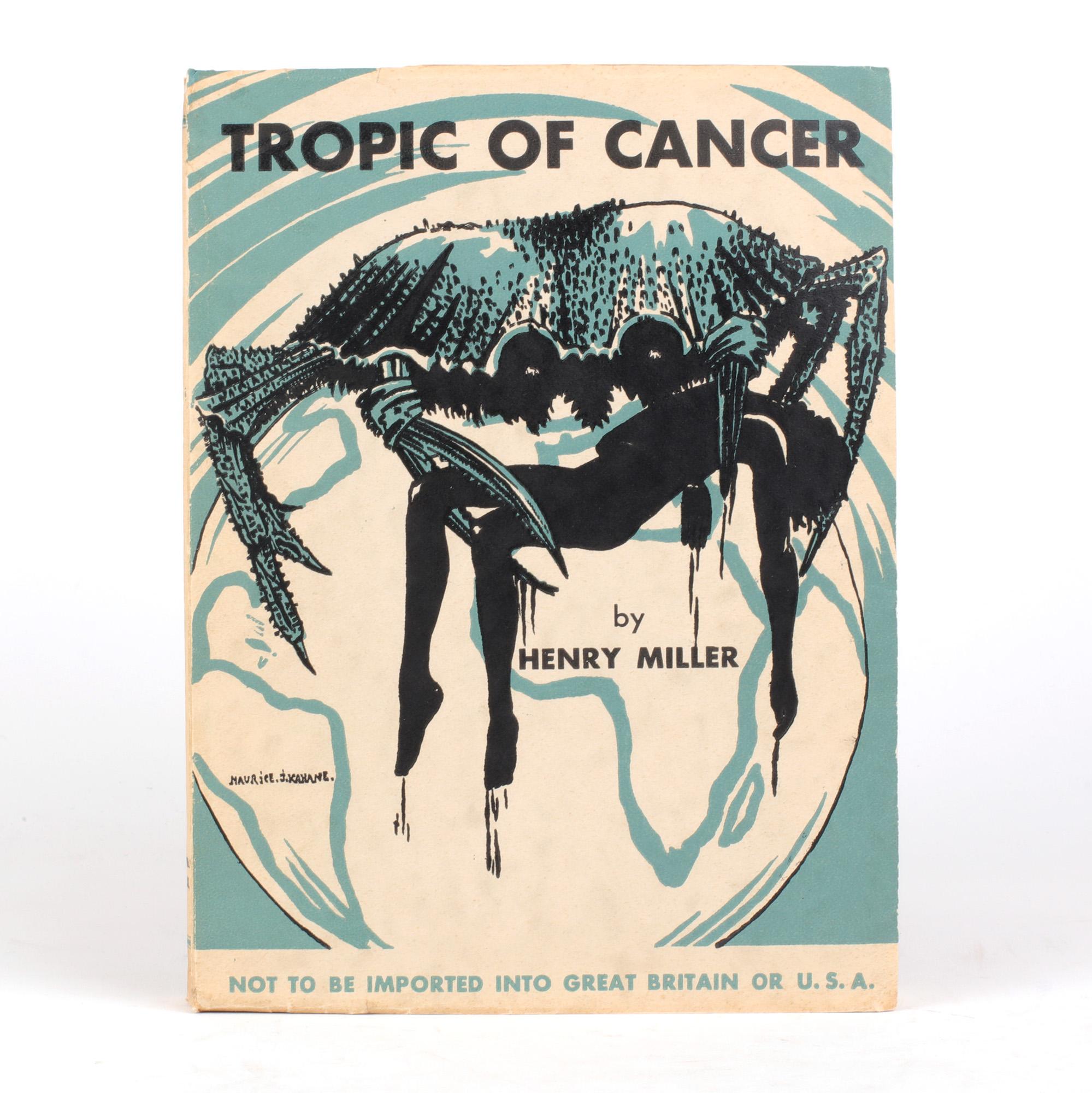News
White Noise by Don DeLillo: The Noise of Modernity

In Don DeLillo's White Noise, the chaotic hum of modern life, symbolized by an overwhelming flow of information, becomes a central force shaping the novel’s landscape. Set in a world bombarded by constant media updates and commercial slogans, the characters navigate the disorienting environment of the late 20th century—a prophetic glance at the future media society. Through DeLillo’s writing, we are drawn into the "white noise" of technology, mass communication, and media overload, reflecting how information consumption defines human experience.
The novel predicts the future where individuals become passive receivers, overwhelmed by stimuli without the ability to fully process the sheer volume of data. DeLillo’s characters, like many people today, are constantly immersed in a barrage of fragmented news and media. Whether in the form of news reports, television commercials, or radio broadcasts, the flood of information becomes inescapable. As the characters wade through this overwhelming media ocean, their sense of identity and reality blurs, anticipating how today's media-driven society affects our understanding of the world.
At the heart of White Noise lies the tension between human agency and media dominance. DeLillo explores how media takes control, subtly shaping opinions, fears, and desires. This predicted the rise of 24-hour news cycles, social media, and personalized algorithms—all of which contribute to a relentless wave of noise that drowns out meaningful reflection. Our constant exposure to content and updates about world events, entertainment, and consumer culture mirrors the novel’s portrayal of media shaping perceptions of reality.
DeLillo’s narrative also touches on themes of consumerism and the commodification of information. In today’s world, information is both a product and a tool for influence. The more we consume, the more media shapes our worldviews, and like the characters in White Noise, we are often left adrift in a sea of information, unable to discern what is vital from the trivial. The novel's portrayal of the family’s dependency on technological devices foreshadows our attachment to smartphones and other digital devices, which serve as gateways to this never-ending stream of white noise.
One of the novel’s most profound insights is its commentary on how information and media become inseparable from fear. White Noise suggests that fear—especially fear of death—is magnified by media. This resonates in our current times, where crises and disasters are sensationalized, generating anxiety as people become consumed by headlines and alerts. DeLillo’s vision of a media-driven fear culture anticipated the psychological impact of living in a world where information overload is omnipresent.
Ultimately, White Noise serves as a lens through which to examine our place in the media-drenched world of the 21st century. It questions whether we can reclaim our agency amidst the noise or whether we are destined to remain passive consumers of fragmented and shallow content. DeLillo's work invites us to reflect on how we navigate this informational chaos, urging us to seek depth in a world overwhelmed by surface-level data.
This novel, once a reflection of media saturation in the 1980s, has only grown more relevant today, forecasting the overwhelming flow of information in a modern media society. White Noise challenges readers to find their place within this landscape and, perhaps, reclaim some control amid the chaos.










